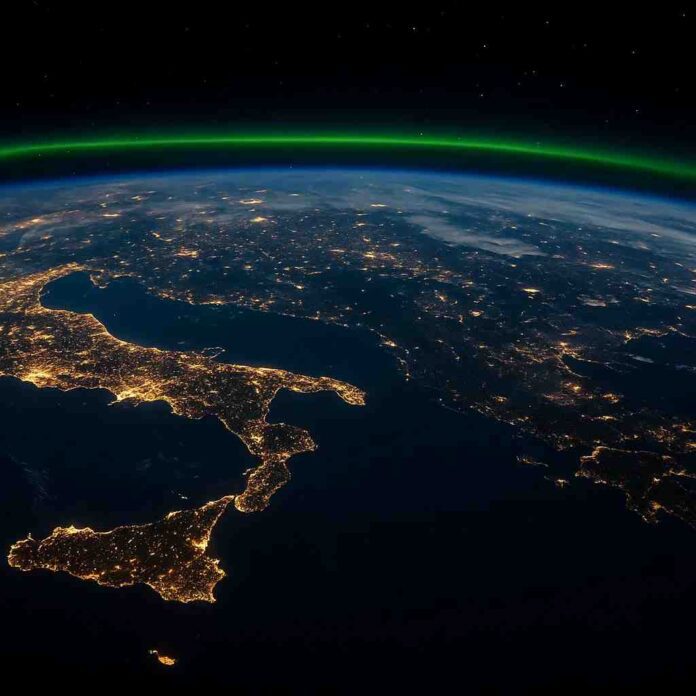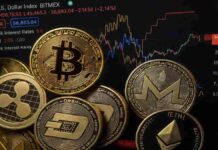# GLOBAL NEWS
In the past 12 hours, significant developments have emerged across various regions, impacting economic, financial, and geopolitical landscapes. This article presents a comprehensive overview of the latest news from the United States, Europe, and Asia, highlighting key events that could shape the global market dynamics.
## US
The U.S. is currently facing a multitude of challenges, including looming government shutdowns and inflation concerns. President Donald Trump has threatened mass firings of federal employees if Congress fails to avert a shutdown, a situation that could disrupt government services and impact economic stability. Trump is set to meet with congressional leaders to discuss funding and avoid the impending crisis. Meanwhile, Cleveland Federal Reserve President Beth Hammack expressed ongoing concerns regarding inflation, suggesting that economic conditions remain precarious.
In the automotive sector, the electric vehicle (EV) market is expected to hit record sales this year, but demand may decline sharply following the expiration of federal incentives. Analysts are keen to assess the “natural demand” for EVs post-incentives, as this could significantly impact manufacturers and investors alike.
Additionally, Vice President JD Vance has indicated confidence in the U.S. successfully separating TikTok from its Chinese parent company, ByteDance, amidst ongoing scrutiny over data privacy issues. This move reflects broader tensions between the U.S. and China regarding technology and trade.
The stock market remains resilient, with analysts noting that the performance of the market may be keeping the economy from slipping into recession. However, disparities in wealth distribution are evident, as those with stock holdings are faring better than those without. As the Federal Reserve prepares for potential interest rate cuts, market participants are closely monitoring upcoming job reports, which are expected to influence economic projections.
## EUROPE
Europe is navigating through a complex economic landscape, marked by both optimism and uncertainty. The European Central Bank (ECB) has opted to maintain interest rates amid stable inflation rates, with Chief Economist Philip Lane suggesting that the outlook is “reasonably benign.” However, concerns linger over the potential impact of tariffs and trade tensions on the region’s economic recovery.
Spain recently received a boost in its credit rating from Moody’s and Fitch, reflecting improvements in its economic outlook driven by foreign investment and immigration. This positive news is contrasted by ongoing challenges in Germany, where economists are expressing skepticism about the country’s ability to sustain its status as Europe’s growth driver.
In the political arena, Moldova’s pro-European party has claimed victory in parliamentary elections, viewed as a referendum on the nation’s direction away from Russian influence. This shift is crucial for Moldova’s aspirations to deepen ties with the European Union.
Moreover, European banks are capitalizing on the growing interest in stablecoins, with a consortium of nine banks launching a euro-backed stablecoin to attract risk-averse investors. This initiative illustrates the region’s efforts to innovate in the financial sector while navigating regulatory challenges.
## ASIA
Asia is witnessing significant developments that could reshape its economic landscape. In China, industrial profits rebounded sharply in August, rising by 20.4% year-on-year, signaling a potential recovery from previous declines. This uptick may be attributed to Beijing’s efforts to curb excess capacity and enhance business efficiency.
The Chinese stock market is also experiencing a resurgence, with the CSI 300 index nearing its highest level in over three years. This rally has drawn interest from both domestic and foreign investors, reflecting renewed confidence in the market.
Meanwhile, Japan’s ruling party is gearing up to select a new prime minister following the resignation of Shigeru Ishiba. This leadership change comes amid mixed economic signals and a need for strategic direction in the face of global uncertainties.
In the realm of international relations, tensions remain high as the U.S. and China continue to navigate complex trade dynamics. The Chinese government has signaled a willingness to ease some trade-related friction by no longer seeking special treatment at the WTO, a move that may facilitate smoother negotiations with the U.S.
Additionally, India is advancing its infrastructure initiatives, announcing a $454 million railway project with Bhutan, aimed at enhancing connectivity and trade between the two nations. This collaboration underscores India’s commitment to regional partnerships and economic growth.





